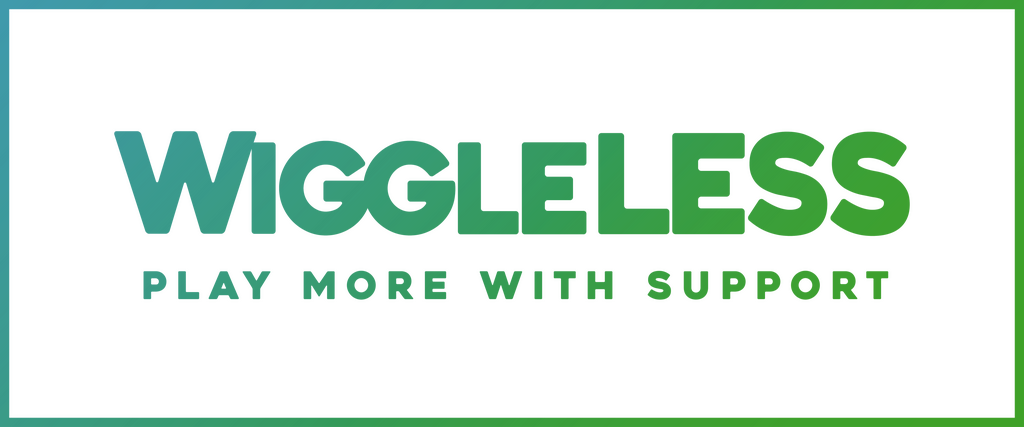
Rupture and Rehabilitation of the Canine Achilles Tendon
Written by Ané Lloyd, Veterinary Physiotherapist, Onlinepethealth
Achilles tendon injuries can be challenging and frustrating to rehabilitate and require an approach that includes the veterinarian, surgeon, orthotist and rehabilitation therapist.
Tendon healing is stimulated and supported by active progressive loading of the injured structure. This challenges us to find ways of supporting the tendon from further injury while placing progressively more load on the tendon through exercise.
Let’s discuss how bracing can support us in achieving this goal.
Anatomy of the Achilles Mechanism
The canine Achilles tendon consists of five different tendons, including the tendon of the gastrocnemius muscle, the superficial digital flexor (SDF) tendon, the biceps femoris tendon, the semitendinosus tendon, and the gracilis tendon. The SDF travels from deep to superficial layers at the calcaneus and continues to insert on P2.
The gastrocnemius muscle has a medial and a lateral head that encase the SDF, and inserts as a tendon on the dorsal surface of the calcaneal tuberosity.
The biceps femoris, semitendinosus and gracilis tendons form the common tendon, which inserts deepest on the calcaneus.

Photo credit: FitPAWS, Illustration credit: Ané Lloyd
How the Achilles Tendon Can Become Injured
Injury to the Achilles mechanism can be divided into traumatic injuries, repetitive strain injuries, or systemic diseases.
Traumatic injuries can occur due to blunt force trauma or a laceration. The degree of injury can be graded as a stretch (grade 1), a partial rupture (grade 2) or a complete rupture (grade 3). Traumatic injuries are usually a complete rupture of all components of the Achilles tendon and usually occur mid-tendon.
A complete traumatic rupture usually results in a sudden onset plantigrade stance with no excessive flexion of the digits or toes. It can also present as a non-weight bearing lameness.
Repetitive strain injuries can occur over time as the result of serial microtrauma to the tendon structures. These injuries usually occur around the insertion of the tendon and can affect the common and the gastrocnemius tendon with an intact SDFT. These patients can present with or without a lameness, with a mildly plantigrade stance or a completely normal stance.
Systemic diseases such as hyperadrenocorticism can lead to the weakening and rupture of the Achilles mechanism. The use of corticosteroids over an extended period can also predispose to the rupture of the Achilles tendon.
Treatment Options for Achilles Injuries
For a traumatic or complete tear, surgical repair is recommended to bring the ends of the tendon together. The tendon may end up being shortened, and healing will take more time due to the poor healing ability of tendons. The tendon structure will have to be protected while undergoing a progressive loading exercise protocol to stimulate healing and regeneration in the months following surgical repair.
For lower-grade injuries of the tendon, treatment options may include graduated bracing, regenerative medicine, rehabilitation and/or surgical repair. Conservative management in severe cases will require life-long bracing.
Rehabilitation of the Achilles mechanism
Tendons can be one of the most challenging tissues to rehabilitate, as their healing capabilities are limited and their healing timeline is extensive. In the acute phase after an injury or surgical repair, rehabilitation needs to focus on reducing swelling, reducing pain, and providing protection to the area.
Tendons require loading to stimulate healing. This means we must find a balance between protection and loading of the tendon, which can be progressed, as healing occurs over time.
Tendon loading occurs in the form of exercise. In the initial loading phases, eccentric exercise provides the greatest benefit. As tendons function to store and release energy through the phases of a stride, this function needs to be retrained and stimulated through higher-speed exercises that will activate this mechanism as healing progresses.
The Role of Custom Orthotics in Rehabilitating Achilles Tendon Injuries.
As the tendon has been severely compromised, especially in a complete rupture that has been surgically repaired, we must first find a way to protect the tendon from an excess stretch, while still placing a controlled load on the tendon to stimulate healing.
Custom orthotics are the ideal way for us to do this. In the acute phase of healing, they can provide complete immobilization of the hock joint and therefore protection of the Achilles tendon during activity. We can remove the brace during this phase to apply passive stretch or loading on the tendon.
As the tendon heals, the available range of motion of the brace can be increased, allowing flexion of the hock and stretch on the tendon during normal activities. Again the brace can be removed during therapeutic exercise, to allow gradually more loading of the tendon to stimulate healing, while protecting it during normal activity.
Conclusion
Progressive loading is the cornerstone of tendon rehabilitation. Custom orthotics can provide an opportunity to protect the tendon during daily activity, and progressively load the tendon during daily therapeutic exercise. Together, a veterinarian, veterinary physiotherapist and orthotist can provide the most comprehensive treatment plan to an individual patient.
